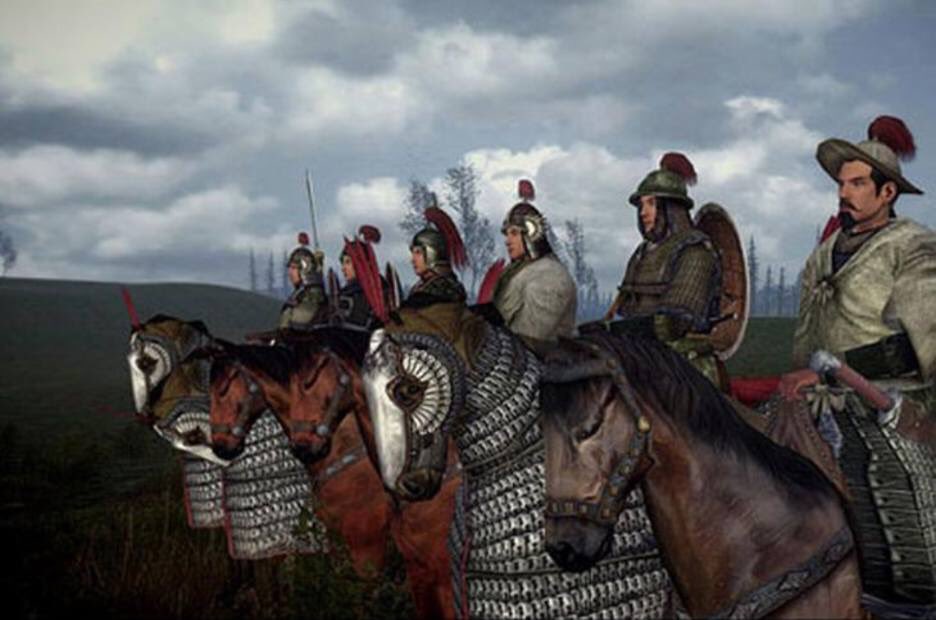



Much more straightforward is a screw-in cup, such as those made by Electrosocket. Traditional Tele jack sockets are held in place by a retainer clip that is notoriously fiddly to tighten up properly. If you want to try it yourself, either buy a top-loading bridge, or simply drill six holes in your existing unit. Top-loading is also said to provide a more slinky feel – much like dropping down half a string gauge. Detractors claim that top-loading reduces sustain, but fans point to enhanced twang, more bite and a ringing chime. Many players feel that Teles with these ‘toploader’ bridges have a different sound. Try top-loadingįor a brief period in the late 1950s, Fender ceased through-body stringing on Telecasters and installed bridges with six holes drilled through the back lip. Alternatively, try a nickel-silver cover for less high-end attenuation than brass. The downside is that you’ll experience a bit of noise if you touch the cover, but that’s easy to avoid and the extra brightness and transparency might persuade you to reconsider that pickup upgrade. To unleash the full frequency potential of Tele neck pickups, just snip the cover’s grounding connection. Just like a traditional humbucker, the metal cover on a Telecaster neck pickup can suck a little treble from your tone.

If that’s you, why not try a design with lowered sides from the likes of Gotoh or Callaham? There are also debates surrounding the tonal merits of bridges made of cold-rolled steel, brass and aluminium, while some also claim that squeal can be reduced if the base of the bridge is perfectly flat and smooth. For many years, players have complained that the sides of Fender’s ‘ashtray’ bridge hinders access to the strings and takes the skin off their knuckles.


 0 kommentar(er)
0 kommentar(er)
